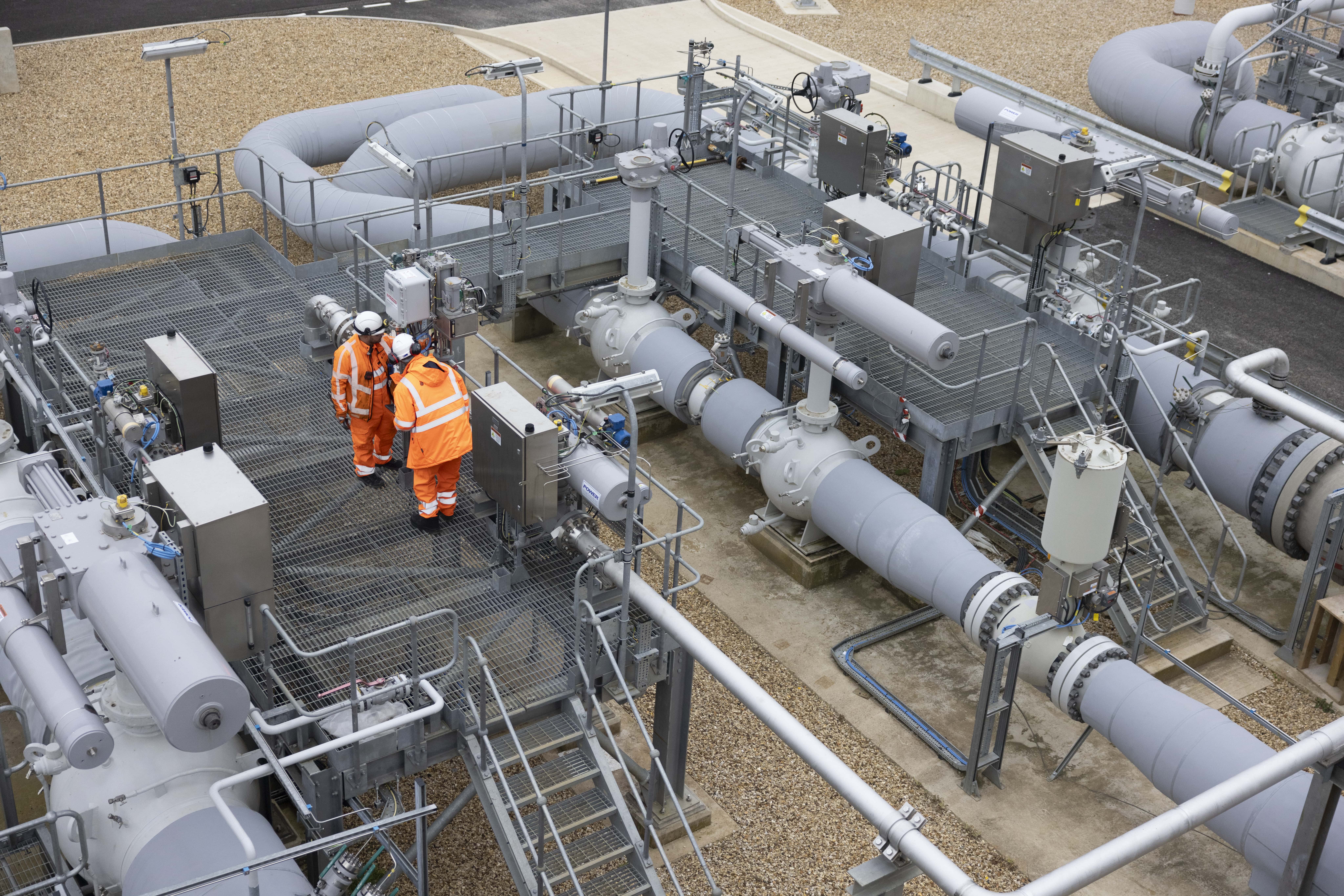28th September 2023
National Gas publishes 2023-24 Winter Outlook

The Gas Winter Outlook 2023-24 presents National Gas’ view of peak demand and supply capability and the associated margins for the six months to the end of March 2024. In addition, the Outlook, which is an annual publication, examines a range of potential winter scenarios along with insights into the key supply and demand components.
The Outlook shows that forecasted winter demand is expected to be very similar to last year, with an increase in residential demand offset by reduced demand for power.
Top lines from the report:
- We have sufficient capability to meet peak (1 in 20) demand, with a positive supply margin under both intact and N-1 network conditions.
- We forecast that GB demand (excluding exports to Europe) for winter to be comparable to last year with the increase in residential demand being offset by reduced demand for power.
- Total National Transmission System (NTS) demand (including exports to Europe) is forecast to reduce, as we expect reduced levels of exports to Europe when compared to the previous winter given that the EU will enter winter with extremely high storage levels and now has increased Liquified Natural Gas (LNG) import infrastructure in place.
- We have illustrated how the NTS could be balanced under a range of credible demand profiles. In all of our scenarios, GB will be dependent on continued substantial imports of LNG and Norwegian gas this winter. In cold winter scenarios, GB will likely also require imports from the EU.
- Disruptions to other markets could impact the GB market, with a particular focus on the second half of winter dependent on the extent of EU storage usage. Overall, whilst we have more confidence that the market will perform as expected, we shouldn't discount the risk of events occurring, either in isolation or in combination, to put the EU and therefore by extension GB, under stress.
- We have the necessary physical, commercial and market-based tools to manage a supply and demand imbalance, including those related to a Gas Supply Emergency, should it be necessary.
Ian Radley, System Operations Director at National Gas, said:
“Britain benefits from diverse and flexible sources of gas, supported by pipeline infrastructure that has capacity exceeding anticipated peak demand.
Based on our current market view we expect that LNG and GB storage will continue to act as the primary sources of flexible supply to Britain this winter, supplemented by significant UK continental shelf and Norwegian supplies.
“Whilst the outlook is generally more favourable than last winter, we remain alert to the risks that are present and will continue to monitor this international market.”
National Gas’ priority is to ensure the National Transmission System continues to deliver gas to homes and businesses safely and reliably. Over the past three years, it has achieved 100% reliability for consumers, ensuring people always have the power they need despite difficult external factors, such as the global energy crisis and severe weather.
As a responsible system operator, National Gas continually monitors supply and demand behaviour throughout the year, identifying risks and taking appropriate mitigating actions. It continues to work closely with the Department for Energy Security and Net Zero (DESNZ) on the proposals set out in the Energy Security Plan, which details focus areas for enhancing energy security.
The country benefits from having diverse and flexible supplies, steady and reliable from the UKCS and Norway as well as from the LNG and the Interconnectors. The network has sufficient capability to accept gas from each of these sources in response to how the market chooses to balance demand and supply.

